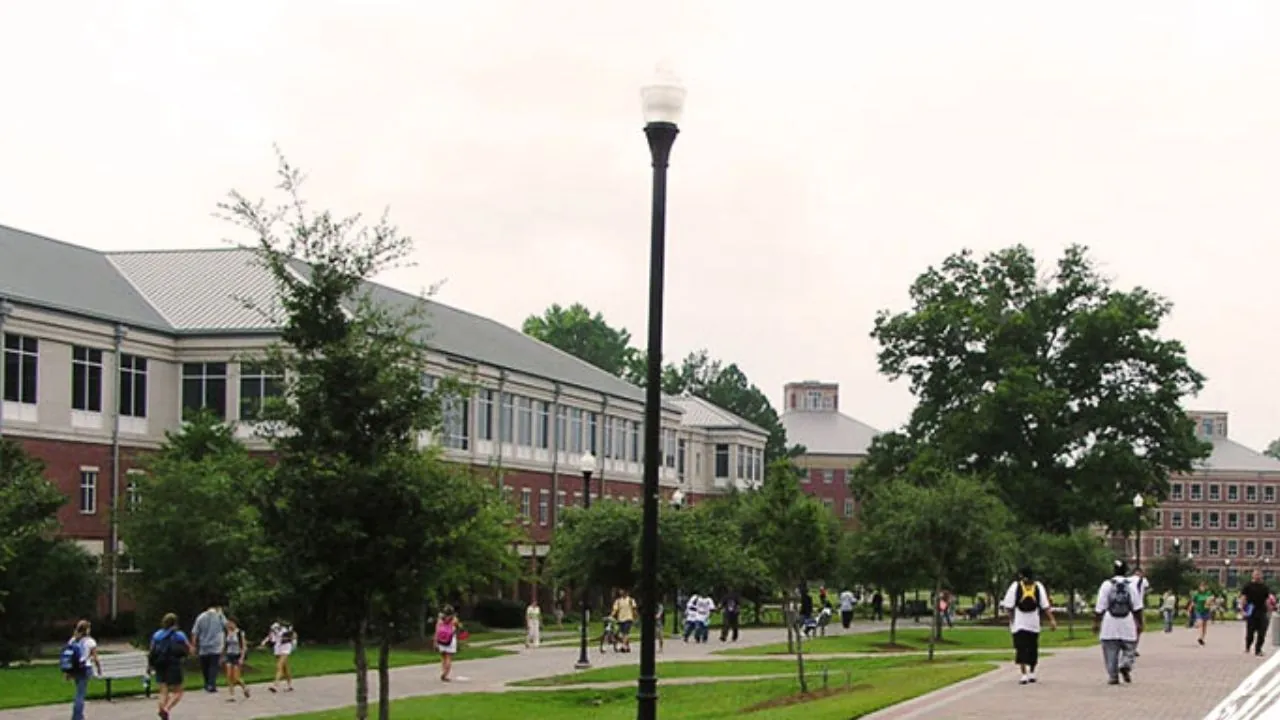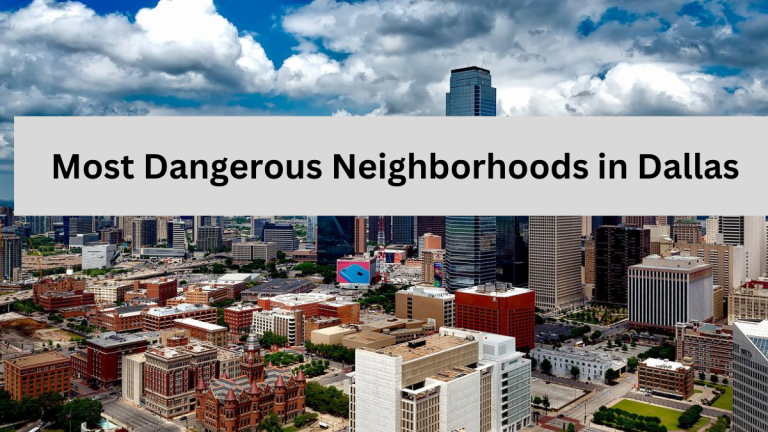This School Has Been Named the Worst College in Georgia
Georgia is home to several prestigious educational institutions, such as Georgia Tech, Emory University, and the University of Georgia, which have earned nationwide recognition for their academic excellence. However, not all colleges in the state have been able to maintain the same level of distinction. According to a recent report by Washington Monthly Magazine, The Art Institute of Atlanta has been identified as the lowest-ranked college in Georgia, which is a significant cause for concern.
What is The Art Institute of Atlanta?
The Art Institute of Atlanta is a college that offers a wide range of associate’s and bachelor’s degree programs in the fields of art and design. The college is privately owned and operates on a for-profit basis. Students can choose from various creative fields, including graphic design, photography, animation, culinary arts, and fashion.
The roots of this institution can be traced back to 1949 when it was founded as Massey Business College. Later in 1975, it became a part of the Art Institutes system. Today, it has a physical campus situated in Sandy Springs, which is a charming suburban area of Atlanta. Additionally, the institution also has an online division that caters to the needs of students who prefer to learn remotely.
The Reason Behind The Art Institute of Atlanta’s ‘Worst College’ Label
According to various crucial metrics, The Art Institute of Atlanta has been labeled as the worst college in Georgia. These metrics include net price, average student debt, default and graduation rates, and return on investment (ROI).
As per the assessment by Washington Monthly Magazine, the institution has a net price of $27,164 per year, which is considerably higher than the national average of $16,789 for private for-profit colleges. The students who graduate from this school are burdened with an average debt of $39,000, which is a substantial amount compared to the national college average of $28,950.
According to recent data, the default rate for student loans currently stands at 19.1%, which is significantly higher than the national average of 10.1%. These figures are a cause for concern, especially when we consider the graduation rates of certain institutions. For instance, The Art Institute of Atlanta has a graduation rate of only 18%, which is a long way below the national average of 59% for private for-profit colleges. These numbers are certainly disheartening and highlight the need for greater scrutiny and regulation of the higher education industry.
It’s concerning to note that graduates from this institution are experiencing a negative return on investment (ROI) of -$146,000. This suggests that instead of gaining financial benefits from their education, students are incurring significant losses.
What are the Alternatives to The Art Institute of Atlanta?
Aspiring art and design students should broaden their horizons beyond The Art Institute of Atlanta. Georgia has a plethora of public and private colleges and universities that are renowned for their exceptional programs in creative fields. It’s important to explore these alternative options to find the perfect fit for your education and career goals.
There are a few notable institutions that offer better options than The Art Institute of Atlanta. These include Georgia State University, Savannah College of Art and Design, Kennesaw State University, and Oglethorpe University. Not only do these schools boast more affordable tuition rates, but they also have higher graduation rates, lower levels of student debt, and better return on investment. Additionally, they have established reputations and accreditation statuses that surpass the for-profit school.
In Conclusion
The Art Institute of Atlanta may seem like the perfect destination for those who are passionate about art and design, but unfortunately, it has not been performing well in terms of affordability and quality. According to Washington Monthly Magazine, it has been ranked as Georgia’s worst college. For those who are looking for better prospects and a promising education in the art and design field, it is highly recommended to consider alternative institutions that offer greater value and opportunities.
Read More:







